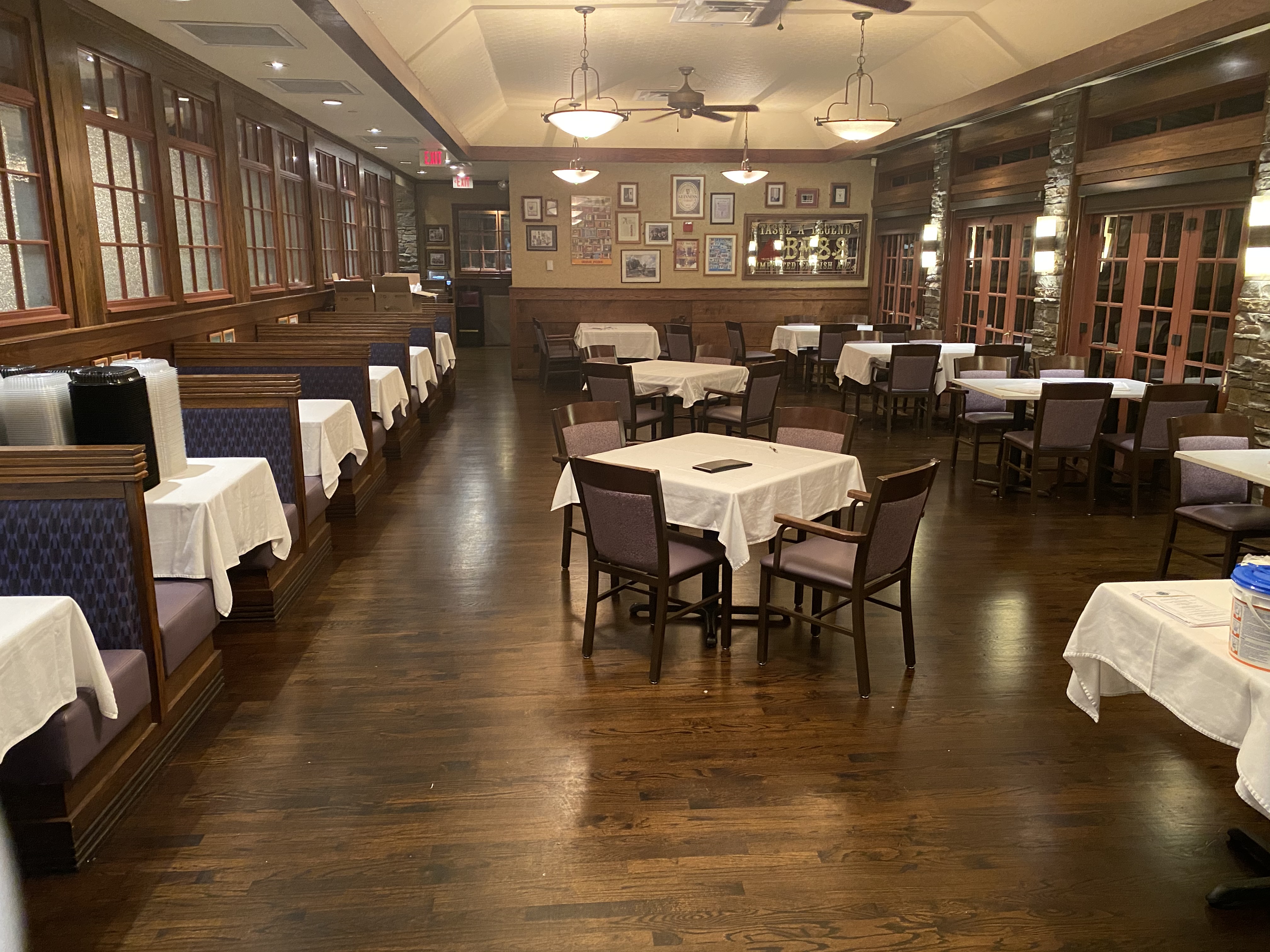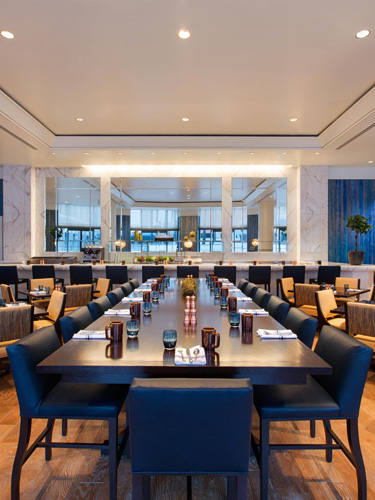Little Known Questions About Unique Breakfast.
Table of ContentsOur Unique Breakfast IdeasUnique Breakfast Things To Know Before You BuyGetting My Unique Breakfast To Work

Parisians could buy what was essentially take-out food from rtisseurs, who prepared roasted meat dishes, and pastry-cooks, who could prepare meat pies and often more fancy dishes. Local statutes specified that the authorities prices per item were to be posted at the entryway; this was the first authorities mention of menus.
A cabaret, however, unlike a tavern, served food at tables with tablecloths, provided beverages with the meal, and charged by the customers' option of meal, rather than by the pot. Cabarets were considered to serve much better food than taverns and a few, such as the Petit Maure, became well-known. A few cabarets had musicians or singing, however many, until the late 19th century, were just convivial consuming locations.
By 1723 there were almost four hundred cafs in Paris, however their menu was restricted to simpler meals or confectionaries, such as coffee, tea, chocolate, ice creams, pastries, and liqueurs. At the end of the 16th century, the guild of cook-caterers (later called "traiteurs") was given its own legal status.

The first restaurant of this kind opened in 1765 or 1766 by Mathurin Roze de Chantoiseau on rue des Poulies, now part of the Rue de Louvre. unique breakfast. The name of the owner is in some cases offered as Boulanger. Unlike earlier consuming locations, it was elegantly embellished, and besides meat broth provided a menu of several other "corrective" meals, consisting of macaroni.
The Best Strategy To Use For Unique Breakfast
In June 1786 the Provost of Paris released a decree offering the new sort of consuming establishment official status, authorizing restaurateurs to receive customers and to provide them meals until eleven at night in winter season and midnight in summer. Enthusiastic cooks from honorable homes started to open more intricate consuming locations.
The French Revolution caused a mass emigration of nobles, and numerous of their cook selected to open dining establishments. One dining establishment was started in 1791 by Mot, the click here for more info previous chef of the Duke of Orleans, which provided a white wine list with twenty-two options of red wine and twenty-seven of white wine.
Making use of the term "restaurant" for the facility itself only ended up being common in the nineteenth century). The first restaurant guide, called Almanach des Gourmandes, composed by Grimod de La Reynire, was published in 1804. Throughout the French Repair period, the most popular restaurant was the Rocher de Cancale, often visited by the characters of Balzac.
The dining establishment of Hotel Ritz Paris, opened in 1898, was made popular by its chef, Auguste Escoffier. The 19th century likewise saw the look of new sort of more modest dining establishments, consisting of the bistrot. The brasserie included beer and was made popular continue reading this throughout the 1867 Paris Exposition. In Brazil, dining establishments varieties mirrors the wide variety of citizenships that got here in the nation: Japanese, Arab, German, Italian, Portuguese and numerous more.

In Peru, numerous indigenous, Spanish, and Chinese meals are frequently discovered. Since of current immigration from locations such as China, and Japan, there are lots of Chinese and Japanese dining establishments around the country, particularly in the capital city of Lima. In the United States, it was not until the late 18th century that facilities that provided meals without likewise offering accommodations started to appear in significant cities in the kind of coffee and oyster homes.
The Main Principles Of Unique Breakfast
Prior to being described as "restaurants" these consuming establishments presumed regional names such as "consuming go to the website home" in New york city City, "restorator" in Boston, or "victualing house" in other locations. Restaurants were normally located in populous urban locations throughout the 19th century and grew both in number and elegance in the mid-century due to a more upscale middle class and to suburbanization.
In the 1970s, there was one restaurant for each 7,500 persons. In 2016, there were 1,000,000 restaurants; one for every 310 individuals. The typical individual consumes out 5 to six times weekly. 10% of the nation's labor force is composed of restaurant employees. According to a Gallup Survey in 2016, almost 61% of Americans throughout the country eat in restaurants at a restaurant when a week or more, and this percent is just predicted to increase in future years.
The association now projects that the pandemic will decrease that to $675 billion, a decline of $274 billion over their previous estimate. Dining establishment guides evaluate dining establishments, typically ranking them or providing information to direct consumers (kind of food, handicap accessibility, centers, etc.). One of the most well-known modern guides is the Michelin series of guides which accord from 1 to 3 stars to restaurants they view to be of high culinary merit (unique breakfast).
The main rival to the Michelin guide in Europe is the guidebook series published by Gault Millau. Its scores are on a scale of 1 to 20, with 20 being the greatest. In the United States, the Forbes Travel Guide (formerly the Mobil travel guides) and the AAA rate restaurants on a comparable 1 to 5 star (Forbes) or diamond (AAA) scale.